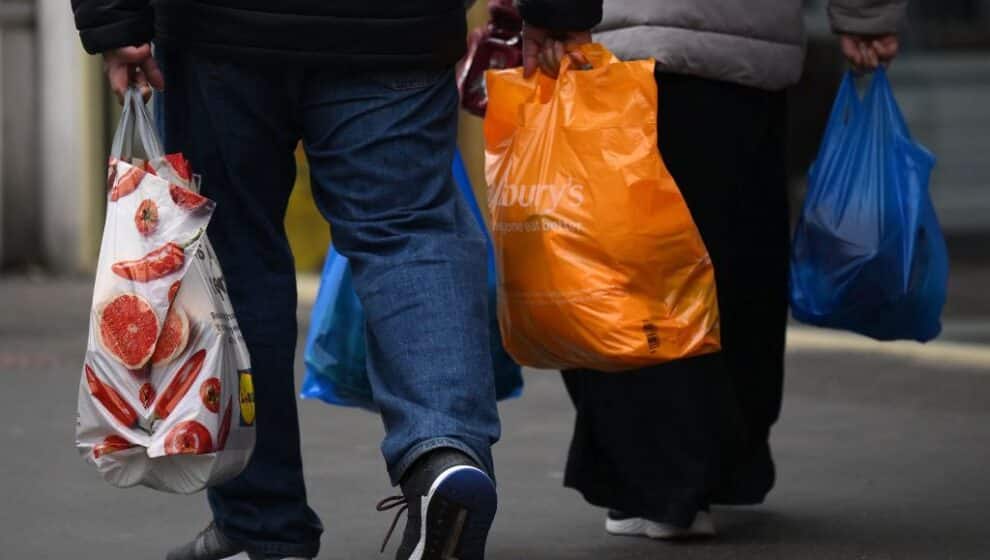For the first time this year, retail sales are on the rise as shoppers start to spend again.
Key Details
- This year, shoppers have been hesitant to make extra purchases as general expenses have increased.
- Consumers’ spending habits represent the backbone of the economy, and slowing spending was a concerning sign of economic distress, Axios reports.
- However, April’s retail sales show that consumer retail spending is on the way back up.
Why it’s news
While spending is on the way back up, it does signal that the Federal Reserve may need to keep raising interest rates to cut back on inflation. One of the goals of raising interest rates is to slow the economy down, but so far, the economy has had little reaction to the Fed’s movements.
Retail sales increased by 0.4% in April. While the increase was smaller than Wall Street’s previous predictions, it does mark the first growth after several months of declines, Axios reports. The month before, sales declined 0.7%.
Online retailers, health and personal care stores, and restaurants saw the greatest spending increases. Sporting goods and furniture stores, however, saw a decline.
Core retail sales, which do not include gas, vehicles, and building materials, make up the consumer spending section of the nation’s gross domestic product report. These core retail sales increased by 0.7%, Axios reports.
Though more spending may benefit retailers, continued spending habits may mean more interest rate hikes for consumers.
“The rebound in consumer spending does not alter our view that the Fed will pause its rate increases,” Nationwide chief economist Kathy Bostjancic says. “It will keep officials holding onto a tightening bias—i.e., they are more likely to raise rates further this year than cut rates.”
Meanwhile, The Home Depot reported its largest revenue miss in more than 20 years on Tuesday after lowering its forecast for this year. Homeowners are delaying projects and purchasing fewer large items like grills and patio sets as the cost of living rises.

